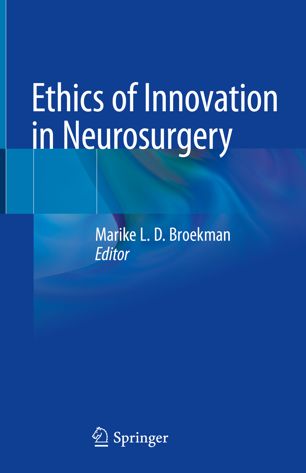

Most ebook files are in PDF format, so you can easily read them using various software such as Foxit Reader or directly on the Google Chrome browser.
Some ebook files are released by publishers in other formats such as .awz, .mobi, .epub, .fb2, etc. You may need to install specific software to read these formats on mobile/PC, such as Calibre.
Please read the tutorial at this link: https://ebookbell.com/faq
We offer FREE conversion to the popular formats you request; however, this may take some time. Therefore, right after payment, please email us, and we will try to provide the service as quickly as possible.
For some exceptional file formats or broken links (if any), please refrain from opening any disputes. Instead, email us first, and we will try to assist within a maximum of 6 hours.
EbookBell Team

4.4
92 reviewsThis book covers all ethical aspects of introducing novel implants and procedures in neurosurgery in a structured way, addressing the current knowledge gap concerning ethical innovations in neurosurgery. Initially it explores the difficulties involved in defining when a procedure should be considered innovation, research, or care. To this end, it presents not only an overview of current literature, but also data from a recent survey among neurosurgeons in Europe.
The book subsequently discusses the ethical issues related to innovation. These include: informed consent (what should a surgeon tell the patient and how should he/she do so), oversight (can any surgeon simply implant a novel spinal device?), the learning curve (when should a surgeon be allowed to perform a novel procedure?), vulnerable patients (how to innovate in the pediatric population or in an emergency setting), and conflicts of interest, as well as the ethics of paying for innovative treatments.
In turn, the closing chapters focus on the evaluation of neurosurgical research and innovation. Are cultural changes necessary and how could innovation benefit from (international) collaborations? Given the range of topics addressed, the book offers neurosurgeons, residents, scientists, companies and hospital administrations a valuable guide to introducing novel implants and techniques in neurosurgery.